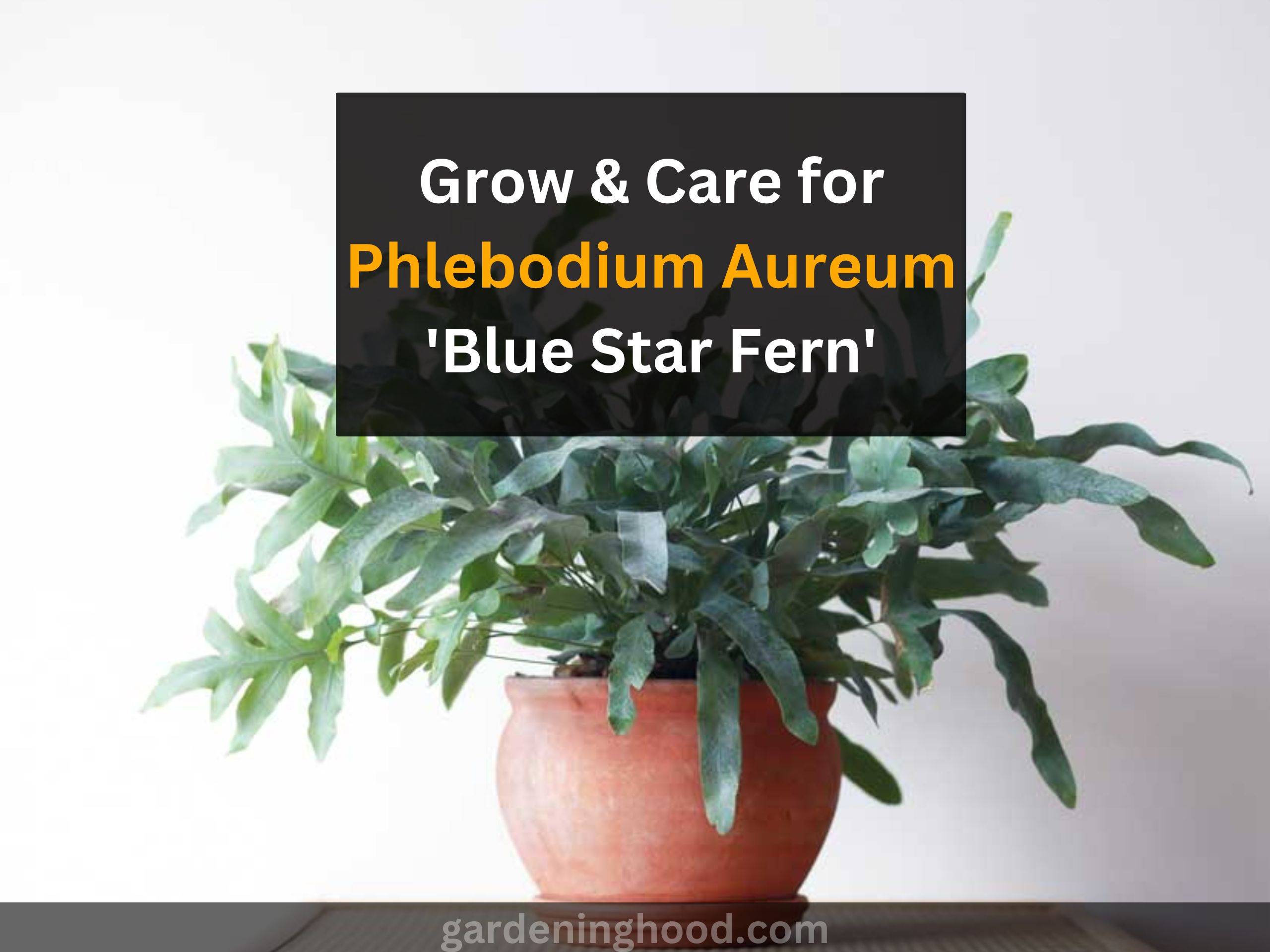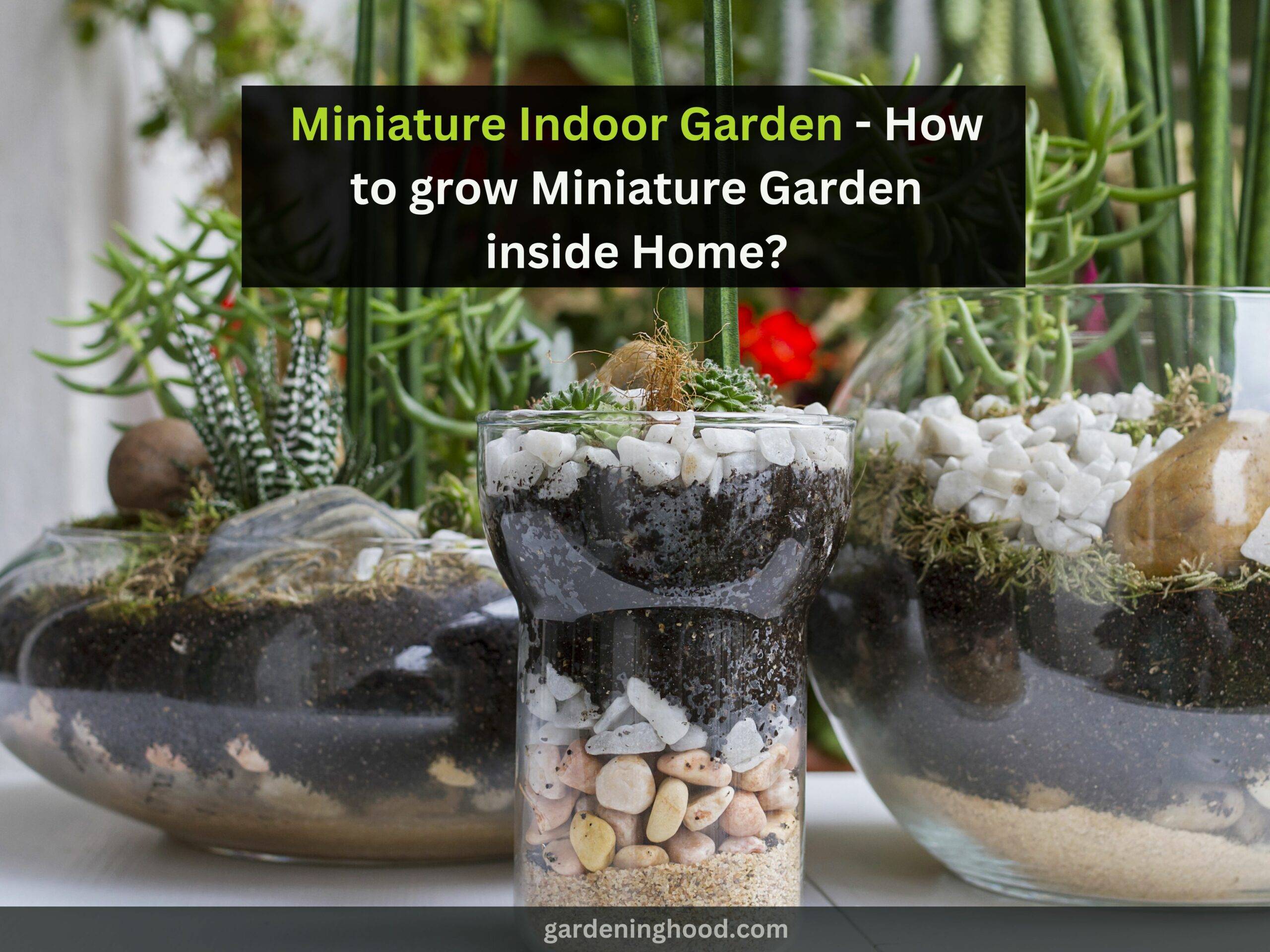How to Grow & Care for Fittonia Argyroneura ‘Nerve Plant (2024)
Hey folks!! Welcome back!!
Are you looking for the best-potted house plant to be grown in your home garden? Do you know about the nerve plant? If not then this guide is the right place for you. Fittonia Argyroneura ‘Nerve Plant’ is one of the evergreen perennials that tend to produce deep green colored leaves that attract everyone’s attention towards them.
This plant is famous because of its silvery white-colored vein. You will be happy to know that it also has other varieties that come in the colored veins of pink, green, red, white, etc. All you need is to maintain the plant’s growth so that you can enjoy its benefits.
Though it is a slow-growing plant, but it will cherish you with its amazing blossoms. So without wasting time let’s get started to know how to grow Fittonia Argyroneura ‘Nerve Plant’.
| Quick information | |
| Common name | Nerve plant, mosaic plant, Fittonia, painted net leaf |
| Sunlight | Partial |
| Soil used | Moist but well-drained |
| Water requirements | Water when the soil has almost dried out |
| Pruning | Beginning of the growing season |
| Mature size | 3–6 in. tall, 12-18 in. spread |
| Bloom Time | Summer |
What Are Nerve Plants?
Nerve plants are one of the tropical plants that are in love with the humid areas. They are famous because of their crispy leaves that are dark green contrasting with the amazing veins.
They belong to the Acanthaceae family which tend to grow in the regions of Peru and other South American countries.

There are also other names for this plant as painted net leaf, Fittonia, and mosaic plants.
They come in the category of houseplants and tend to grow healthy in unique weather conditions.
Types of Nerve Plants:
- Argyroneura
- Pearcei
- Frankie
- Fortissimo
- Red Star
Growing Fittonia Argyroneura ‘Nerve Plant
Follow the below steps:
Step 1- At first, you have to choose the stem cuttings(4-5 inches long) from the mother plant with the help of sharp and sterilized scissors.
Step 2- Remove its leaves from the bottom leaving the top leaves likewise.
Step 3- As we are using sphagnum moss, we need to keep the water so that it soaks the water for about ten minutes.
Step 4- Excess water from the soil needs to be removed.
Step 5- Take a pot and fill the sphagnum moss in it.
Step 6- Then you have to keep the cutting in it gently by being covered with moss except for leaves.
Step 7– Now, make sure to keep your container in a place where they can nourish them with bright, indirect sunlight.

Step 8- Keep the moss moist and you will observe the sprouts(about 1-2 inches long). Then you have to take a pot and fill potting mix to it.
Step 9- Put the rooted cuttings in the pot. After a few weeks, you have to keep the potted cuttings in their old place.
Step 10- Growth will be more if you fulfill their needs by providing efficient sunlight, water, etc.
Caring for Fittonia Argyroneura ‘Nerve Plant’
Caring for Fittonia Argyroneura ‘Nerve Plant’ is not difficult with the help of the following caring tips. All you need is to follow them.
Sunlight needs
- Fittonia Argyroneura is one of the tropical plants, so it likes to grow in the bright shade of tropical forests.
- If you feed the plant with full sunlight, it will rain so you have to make sure to provide it with bright but indirect sunlight so that the plant grows properly.
- When there is low light in your room where you have planted your plant, then you can keep your plant in the bathroom so that it provides sufficient light to the plant.
- Last, but not least, you can keep your plant near the north-facing windows so that they can receive the desired sunlight for their growth.
Soil needs
- The ideal pH level for Fittonia Argyroneura is 6.5 which is slightly acidic.
- They prefer to grow in soil that tends to retain moisture and can drain as well.
- Make sure the soil you are choosing is well drained and consists of peat moss or sphagnum moss base as it is one of the best nutrients for the plant.

Watering needs
- Water is needed by every plant to grow well and the same is the case and you have to water the plant when the soil becomes dry.
- Make sure to keep watering your plants as when they become dry tend to collapse.
- Fittonia Argyroneura does not like to get watered in excess as it can cause root rot in the plant and also yellow-colored leaves, which is not a good sign for a plant.
- Lastly, give water to your plant consistently so that you can receive the desired results from it.
Temperature and Humidity needs
- Fittonia Argyroneura will grow best if you provide them with a temperature range of around 70°F.
- Being a plant that tends to grow in the human environment requires regular spraying of water so that it remains moist.
- Also, you can make use of a small humidifier for your plans to increase the humidity in the plant so that the plant grows easily.
Fertilizer needs
- Fertiliser is needed by every plant to grow at its best and the same is the case with Fittonia Argyroneura.
- They prefer liquid fertilizer for their growth, but not in excess quantity as over-fertilization will harm the plant.
- The ideal balanced fertilizer ratio for this plant is 5-5-5.
- Keep in mind to dilute the mixture to the recommended strength so that the plant receives an equal portion of nutrients from the fertilizer.
Potting and Repotting needs
- Potting is done when the plant overgrows and its roots come out from the drainage holes. It shows that the plant is overgrown and needs to be repotted.
- You have to repot this plant at the time of spring or early summer.
- Make use of fresh potting mix so that the soil does not get infected and there occurs no waterlogging in the soil.
- Repotting of Fittonia Argyroneura can be done annually means one time in a year.
- You have to choose a pot, one size bigger than the previous pot so that the plant adjusts in the new pot easily.

Pruning needs
- Lastly, pruning is done to remove the leggy stems from the plant so that the plant does not get infected.
- Make use of sharp and sterilized scissors for trimming the plant’s growth, but make sure not to trim more than one-third of the plant foliage.
- You have to remove all the yellow-colored and affected leaves from the plants so that the pests do not harm the plants.
Wrapping up the context
In this guide, you come to know about one of the best plants to grow in your home garden. Folks, I am happy that you read the full guide and finally know the process to grow Fittonia Argyroneura in your home garden.
Still, if there remain any queries or doubts, then you can let me know about it or you can read the guide again to understand the process. I hope you are doing great in your gardening field. So, see you in the next guide till then safe gardening.
Thanks for reading! Happy gardening!


